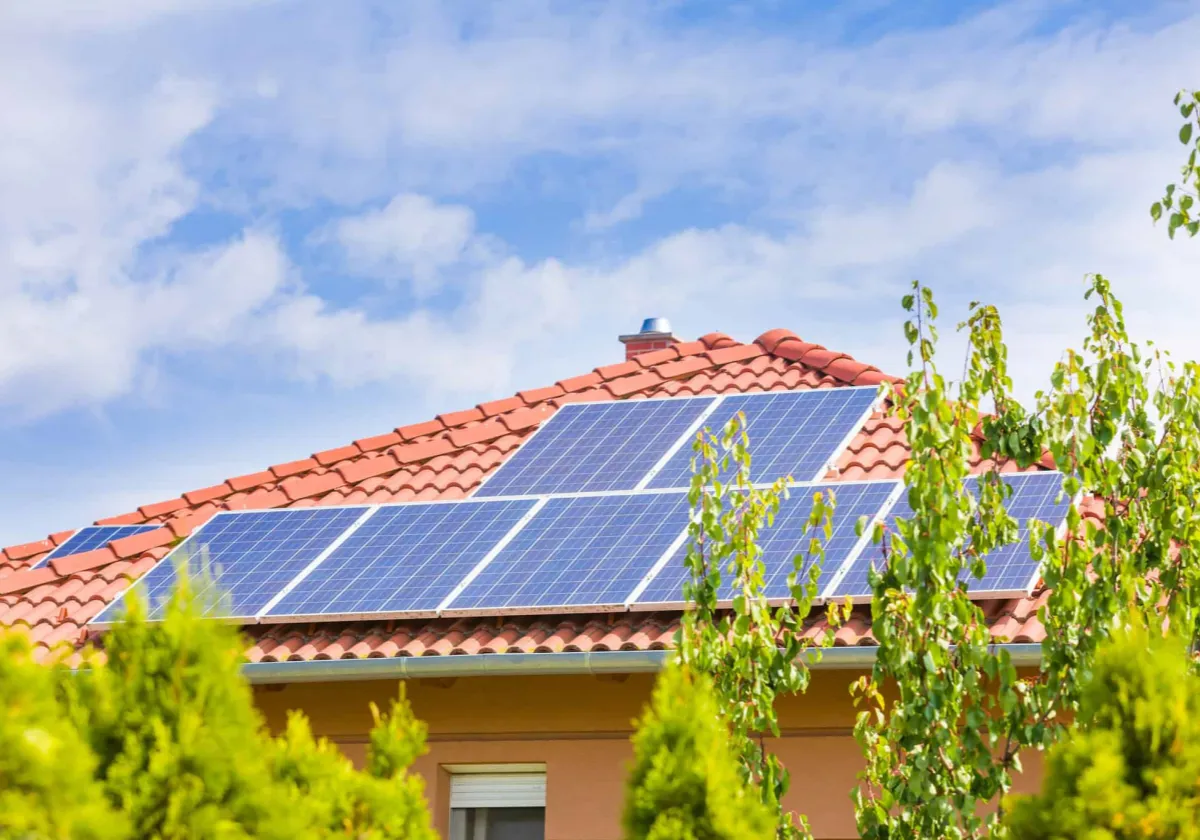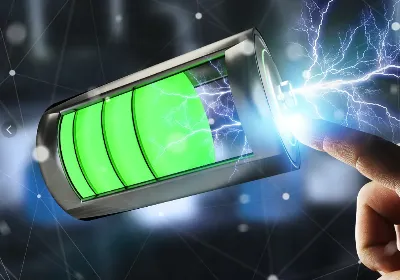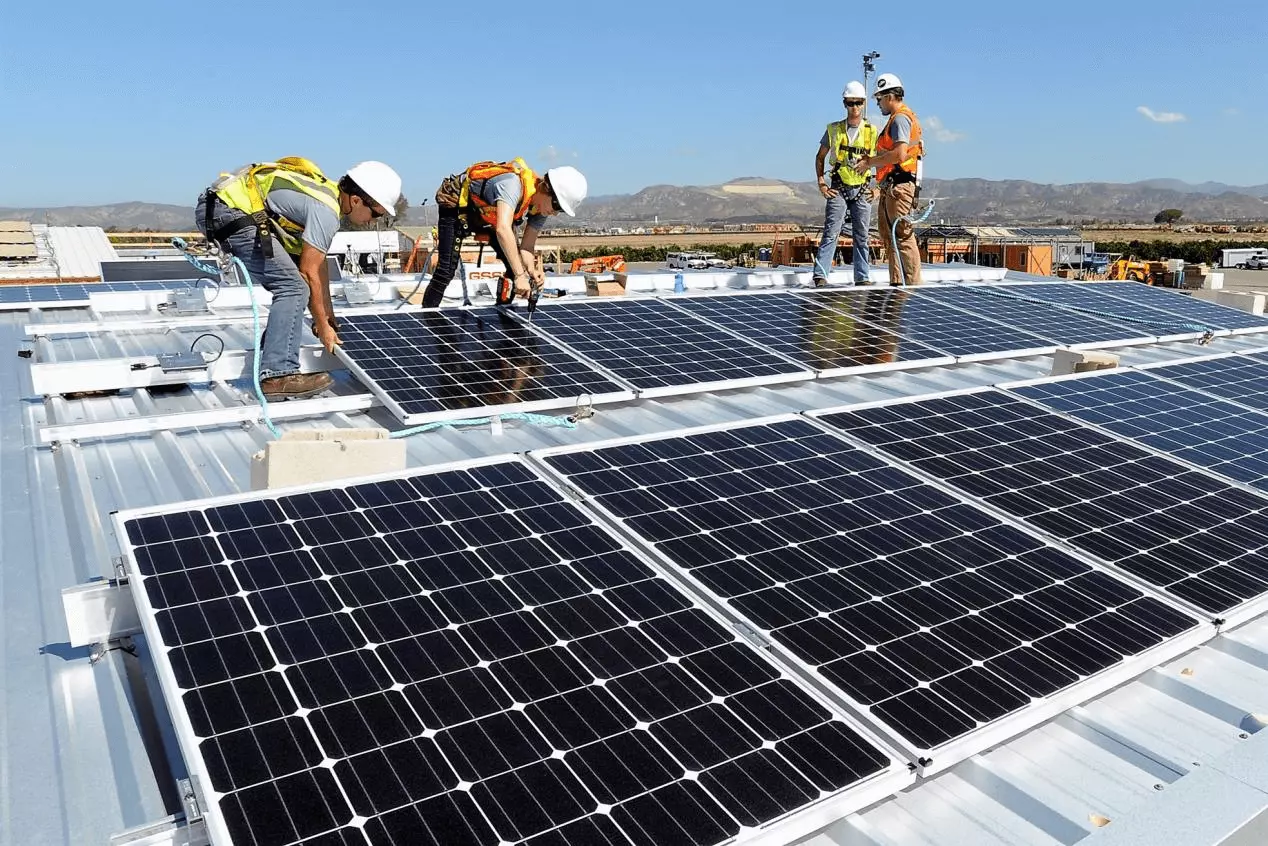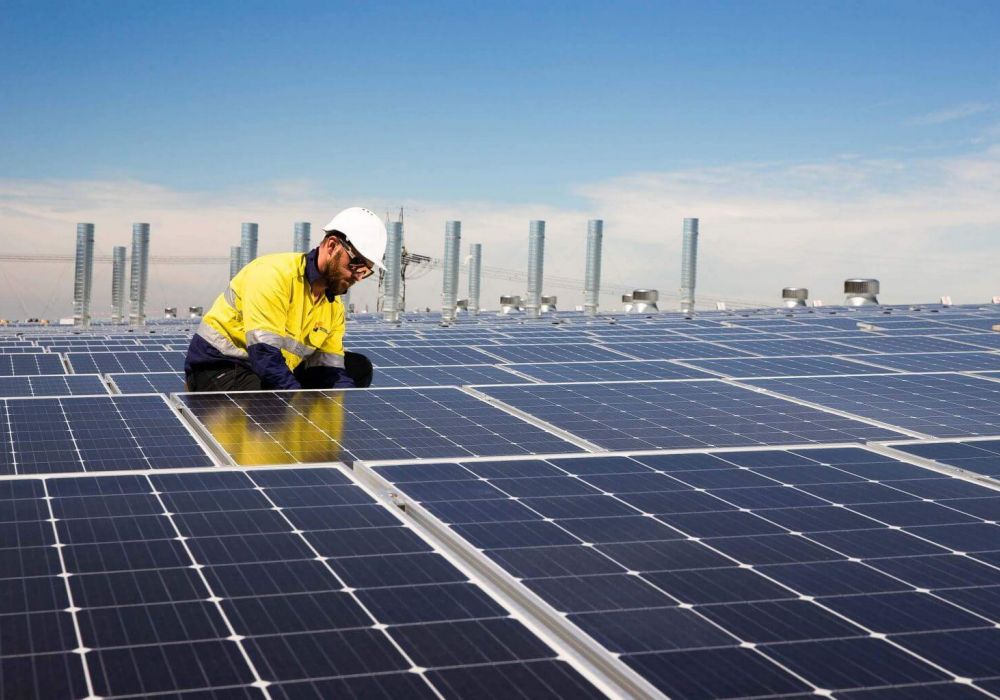What Are the Factors That Affect The Power Generation Efficiency of Solar Power System
What Are the Factors That Affect The Power Generation Efficiency of Solar Power System
What Are the Factors That Affect The Power Generation Efficiency of Solar Power System?
The power generation of solar power system is determined by three factors: installed capacity, peak hours, and system efficiency. After the location and scale of the solar energy system are determined, the first two factors have basically been determined. To increase power generation, you can only work hard from the “system efficiency”!
What factors have affected the power generation efficiency of solar system and moved our power generation? I divide these factors into three categories: natural factors, equipment and human factors.
Take a look at the power generation process of solar power system.
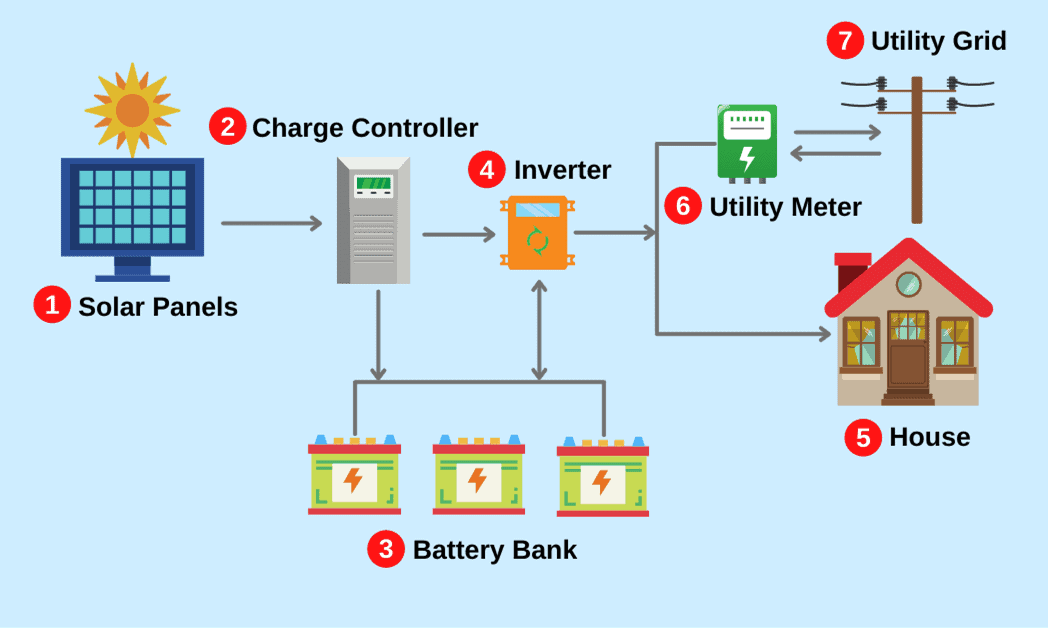
1. The impact of natural factors on system efficiency
(1) Temperature
The natural factors that have the greatest impact on system efficiency should be temperature. The temperature coefficient is a very important parameter for photovoltaic components. Under normal circumstances, the temperature coefficient of crystal silicon batteries is generally -0.35 ~ -0.45%/℃, and the temperature coefficient of amorphous silicon batteries is generally about -0.2%/℃. The temperature of photovoltaic components is not equal to ambient temperature. The figure below is the change of the output power of photovoltaic components with the temperature of the component temperature.
At nearly noon, the temperature of the photovoltaic component reaches about 60 degrees Celsius, and the output power of the photovoltaic component is only about 85%.
In addition to photovoltaic components, when the temperature rises, the conversion efficiency of electrical equipment such as inverters will also decrease with the increase in temperature.
The discount caused by temperature can be estimated based on the temperature coefficient of photovoltaic components and local temperatures.
(2)Do not use sunlight
The total radiation value we get is the sum of direct radiation, scattered radiation, and reflex radiation of various radiation intensity, but not all radiation can generate electricity. For example, the inverter needs to be powered on the grid when the radiation is greater than 50W/m2, but the output power is extremely low when the radiation degree is below 100W/m2.
Even in a good sun, this part can reach 2 ~ 3%although this part is calculated in the total radiation data, but it cannot be used.
2. The effect of equipment factors on system efficiency
Equipment factors should be the main reason for the efficiency of solar systems.
(1)The matching degree of photovoltaic components
Nominal deviation is also an important parameter of photovoltaic components, which are generally acceptable within ± 3%. This shows that although the nominal parameters of the component are the same, in fact, the output characteristic curve is different, which causes the efficiency of multiple components when the current is inconsistent with the inconsistent current. At present, component manufacturers such as Tianhe and Yingli generally use positive deviations to reduce losses caused by power incompatibility.
(2) The efficiency of inverters and box changes
Although the European efficiency in the technical specifications of the inverter is to consider the weighted conversion efficiency after different load rates, in actual use, few inverters can achieve 98.5%of the commonly used now. In the process of DC changing AC, the weighted efficiency can reach 97.5%.
The MPPT tracking effect of different inverters is also different. When the maximum power point voltage changes with the radiation degree, the inverter needs to continuously change the voltage value to find the maximum power point voltage, and the lag of tracking can also cause energy loss. In addition, a 500kW inverter must track about 100 groups of MPPT, and the difference between the groups will affect the accuracy of the tracking. At present, some inverter manufacturers use multi -way MPPT to reduce this loss.
Within the maximum DC input voltage range, try to increase the voltage and reduce the current as much as possible, which can improve the conversion efficiency of the inverter while reducing line loss.
Multiple sets of data show that the use of different brands and nominal conversion efficiency of the same efficiency, its power generation can be 5 ~ 10%!
In the process of boosting the box, there will be energy loss. This is determined according to the parameters of the box, generally about 1.5%.
(3)DC line loss, AC line loss
The area of a 1MW unit is about 3.5 to 4 hectares. To send such a large -area photovoltaic component to a place, a long DC line is required. There are two ways to reduce line loss: choose a good cable to increase the voltage. Under normal circumstances, DC line loss can be estimated at 2 ~ 3%.
The communication line is short and the line loss is relatively small. Generally, 1%can be estimated.
(4)Device failure
One important reason for the low system efficiency during equipment failure and maintenance. The figure below counts the causes of the fault of the photovoltaic power plant, and half of the of which comes from the equipment.
3. The impact of human factors on system efficiency
(1) Improper design
One of the most serious design caused by improper design is “improper spacing design”. Because most of the photovoltaic power stations are currently used in vertical layout, a small amount of blocks in the lower edge often cause the entire set of string output power to decrease. According to statistics, at some power stations with a small front and rear spacing, the loss of power generation caused by the front and rear blocking can even reach 3%. In addition, in addition to considering blocking before and after, the mountain power station must also consider the obstruction brought by the height difference between the east and west direction. In the power plant with a large slope and a smaller part -east spacing, this discount can reach 2%.
In addition to the spacing, I often see that in the photovoltaic power station area, there is a high -built (structure) building in the photovoltaic power station area, causing obstruction to the surrounding photovoltaic arrays.
(2) Clean and not timely
In the northwest region, a sandstorm may cause the power generation to reduce the power directly by more than 5%; in the east, the severe haze weather station has almost no contribution. The picture below shows the contribution of the photovoltaic power plant before and after cleaning. Factors of the system efficiency of photovoltaic power stations
The greater the degree of radiation, the stronger the penetrating power of the sun, and the less loss caused by dust.
In addition to dust, if the snow is not cleared in time, it will also cause large losses to power generation.
In addition to the above reasons, the faster attenuation of photovoltaic components is also an important reason for the failure to reach the expected power generation. General manufacturers promise that the first two years of attenuation does not exceed 2%, 10%of 10%, and no more than 20%in 25 years. I do n’t know about 10 and 20 years. It is understood that there are fewer photovoltaic components with a decrease of 2%in the first two years.
To sum up, the cause of the efficiency of the photovoltaic power station system can be summarized into the following:
Natural reasons: the temperature is reduced, the sunlight cannot be used;
Reasons for equipment: The matching degree of photovoltaic components, the attenuation of photovoltaic components exceeded expectations, the efficiency of inverters and box changes, DC line loss, AC line loss, equipment failure;
Human artificial reason: improper design, cleaning and not timely.

